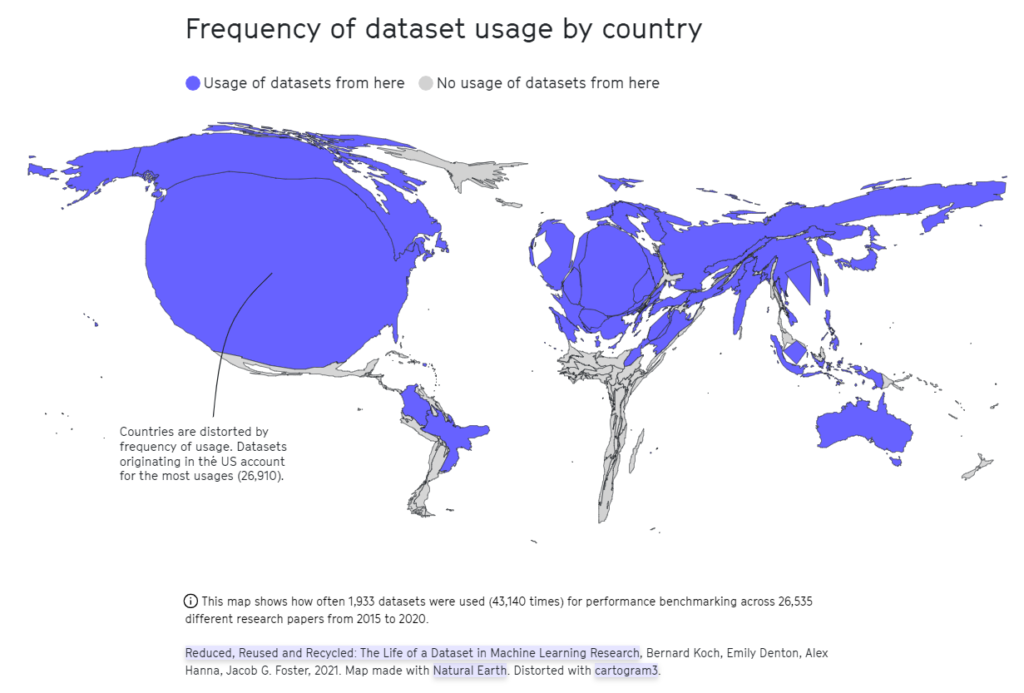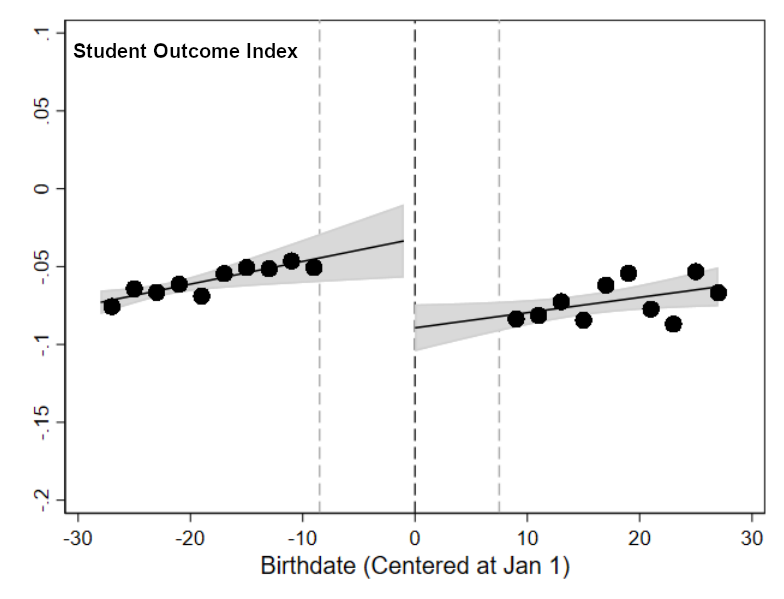Renowned economists—Daron Acemoglu and Simon Johnson—are concerned about ChatGPT. More precisely—the way how AI deployed by corporations in the US. Their analysis points out that it could displace workers, harm consumers, and bring losses to investors. The crux of the issues is focusing on cutting labour costs (in a short run), with little regard for the future of spending power and workers earnings, as well as neglecting the potential benefits of AI.
🤖 AI arms race, funded by billions from companies and venture-capital funds, bringing in a technology that can now be used to replace humans across a wider range of tasks. This could be a disaster not only for workers, but also for consumers and even investors.
👨🏭 The workers are facing clear and present danger. The job market is shifting, resulting in a decrease in demand for positions that require strong communication skills, ultimately leading to a decrease in higher-paying jobs. This trend is particularly challenging for younger people, just starting their careers, as there will be fewer entry-level positions available. AI powered tools could help in legal research, but deprive novice lawyers of learning techne through hands-on research.
🛍 Consumers, too, will suffer. Although they may suffice for routine inquiries, they are inadequate for addressing more complex issues—flight delay, household emergency, or dealing with a breakdown in personal relationships. We need understanding and actions of qualified professionals, not eloquent but unhelpful chatbots.
💸 Investors could also be disappointed as companies invest in AI technology and cut back on their workforce. Rather than investing in new technologies and providing training for their employees to improve services, executives are more interested in keeping employment low and wages as low as possible. This strategy is self-defeating and could harm investors in a long run.
🐙 The crux of the issues is that the potential of AI is being overlooked as most US tech leaders are investing in software that can replicate tasks already performed by humans. Contrary, AI-powered digital tools can be used to help nurses, teachers, and customer-service representatives understand what they are dealing with and what would help improve outcomes for patients, students, and consumers. The focus is primarily on reducing labor costs with little regard for the immediate customer experience and the long-term spending power of Americans. However, history has shown that this approach is not necessary. Ford recognized that there was no point in mass-producing cars if people couldn’t afford to buy them. In contrast, modern corporate leaders are utilizing new technologies in a way that could have detrimental effects on our future.
Read full article https://www.project-syndicate.org/commentary/chatgpt-ai-big-tech-corporate-america-investing-in-eliminating-workers-by-daron-acemoglu-and-simon-johnson-2023-02
P.S. I am currently reading “In The Age Of The Smart Machine: The Future Of Work And Power” by Shoshana Zuboff. The book published back in mid-1980s explores impact of the first wave of smart machines on labour relationships and future of work. There are a lot of similarities and lessons learned for current wave of ubiquitous AI-fication.




